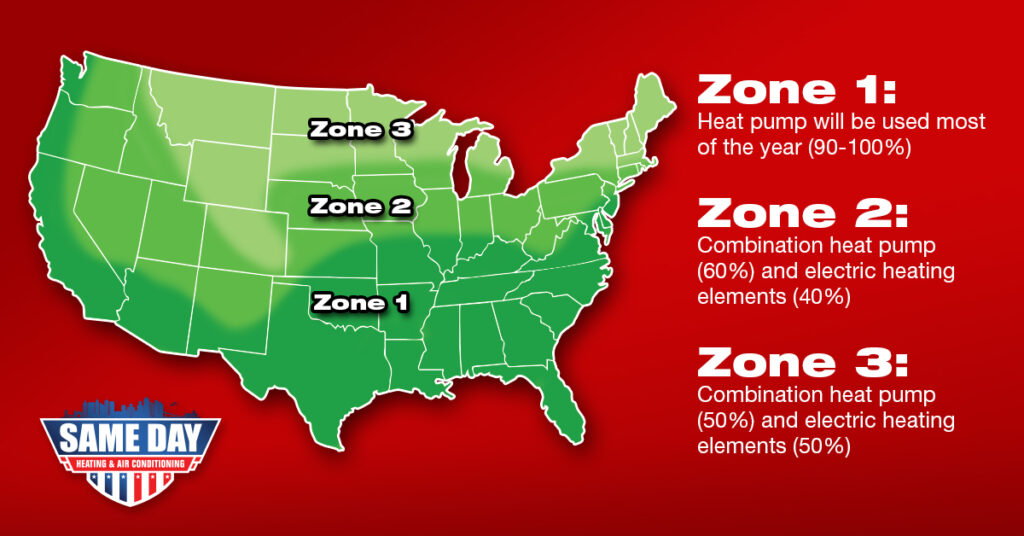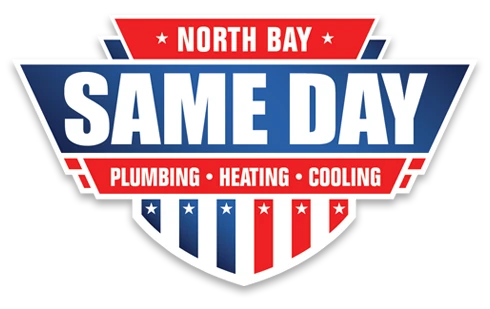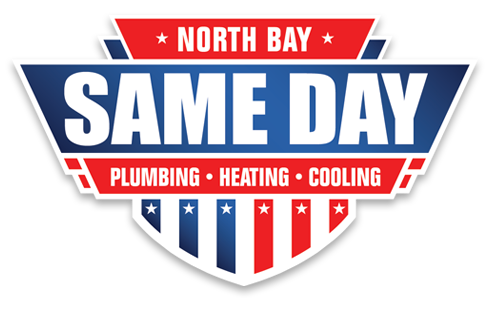Furnace Vs. Heat Pump: Which System is Best for Your Home?
When it comes to heating a home, there are two systems to choose from: furnaces and heat pumps. Unless you are well-versed in HVAC systems, understanding how to choose between furnaces and heat pumps can be overwhelming.
Furnaces are generally better in colder climates. However, heat pumps are becoming increasingly popular in western parts of the country because they draw warmth from the outdoors – acting as a reverse air conditioner of sorts.
Aside from location, there are several purchasing factors that dictate what heating option is the best solution for your North Bay area home.
Key Factors to Consider Before Choosing a Furnace or Heat Pump
When it comes to selecting the best heating system for your home, there’s no one-size-fits-all answer. Furnaces and heat pumps each have their own strengths, and the right choice often depends on several key considerations unique to your situation. From climate and cost to maintenance needs and long-term efficiency, understanding the pros and cons of each system can help you make an informed decision. Below are the most important factors to weigh when choosing between a furnace and a heat pump in the North Bay area.
Factor 1: Geography and Location
Heat pumps will typically only work in mild, coastal climates while furnaces can endure the coldest of temperatures and the harshest winter conditions. A general rule of thumb is to use a heat pump if the average winter temperature of your location is above 40 degrees Fahrenheit, or a furnace if the average winter temperature is below 40 degrees Fahrenheit.
Therefore, a lot of consumers opt for a dual approach meaning they use a combination of both heat pumps and furnaces. Figure 1 (Below) highlights the 3 geographical zones and the solution each zone typically uses.

Factor 2: Cost
Generating heat requires a lot of energy. Whether it be propane, natural gas, or electric, the energy costs money.
Heat pumps use much less energy than electric and gas furnaces. Because a heat pump pulls warmth from the outdoors rather than generating its own heat, it only needs enough electricity to circulate refrigerant through its pressured lines.
On average per winter season, heat costs about:
- $1,500 for propane furnaces
- $800 for natural gas furnaces
- $900 for electric
- $500 for a heat pump
Although these prices can vary based on local utility costs and unit specifications, heat pumps are typically more cost-efficient if used in the right location.
Along with cheaper energy costs, the cost to install most air-to-air heat pumps are significantly cheaper than installation of gas or electric furnaces. Gas and electric furnaces cost around $4,500 – $5,500 for installation. Heat pumps average anywhere from $3,000 – $4,000.
Factor 3: Efficiency
Under ideal weather conditions, a heat pump can transfer 300% more energy than it consumes, and it will run at over 100% efficiency. High-efficiency gas and electric furnaces run at about 90% efficiency.
Since heat pumps are powered solely by electricity, fuel consumption is dissipated in comparison to furnaces.
Factor 4: Lifespan and Maintenance
Gas and Electric furnaces normally have a longer life span than that of heat pumps. Furnaces have a life span of about 20 years, while heat pumps typically last around 15 years.
Heating elements of furnaces are only used for a portion of the year; therefore, the maintenance requirements are much less than those for a heat pump. Moreover, furnaces have fewer mechanical parts than a heat pump, so the chances of parts breaking is decreased.
Additionally, furnaces are easier to repair compared to heat pumps, and also require less maintenance.
Factor 5: Environmental Impact
If reducing your carbon footprint is a priority, heat pumps are the more environmentally friendly option. Because they transfer heat rather than generate it, they use significantly less energy and produce fewer greenhouse gas emissions—especially in regions where electricity is sourced from renewables.
Furnaces, particularly those powered by natural gas or propane, emit carbon dioxide as a byproduct of combustion. While high-efficiency furnaces do reduce waste and emissions, they can’t compete with the zero on-site emissions of an electric heat pump.
Factor 6: Cooling Capabilities
While furnaces are solely heating systems, heat pumps offer both heating and cooling in one unit. In warmer months, the system reverses function and acts as an air conditioner—making it a convenient year-round solution for North Bay homes.
This dual-purpose design can save space and reduce the need for a separate central AC unit. If your home doesn’t already have central air conditioning, installing a heat pump may be a more cost-effective solution than purchasing both a furnace and an AC system.
Factor 7: Noise Levels
Heat pumps tend to operate more quietly than traditional furnaces. Newer models are designed with sound-dampening features that keep operational noise low, even when running at full capacity. This can be a big plus if your unit is located near a bedroom or living area.
Furnaces—especially older or oversized models—can produce noticeable noise when igniting or blowing hot air through ducts. While not always a dealbreaker, it’s a small detail that can affect comfort in day-to-day living.
Factor 8: Rebates and Incentives
Many homeowners don’t realize that local, state, and federal incentives can significantly reduce the cost of a heat pump installation. Because of their energy efficiency, heat pumps are often eligible for:
- California state rebates through programs like TECH Clean California
- Federal tax credits through the Inflation Reduction Act
- Local utility company incentives aimed at reducing grid load
Before deciding on a system, it’s worth exploring these options, as they can tip the cost-benefit scale in favor of a heat pump.
What System is Right for You?
Every home is different, but there are a handful of components to recognize when choosing what system is right for you. These are four of them, but there could be more.
The biggest factor to recognize is geographical location of the home, followed by cost, efficiency, and maintenance. Although all factors that were highlighted in this article play a pivotal role in the purchasing process, geographical location is by far the most crucial. If you have cold, snowy winters than a furnace is your best option. If you have mild winters than a heat pump is what you will need.
Given that Santa Rosa is in a mild climate, we recommend heat pumps if they fall within your budget. But a high-efficiency furnace can keep your home cool, particularly if you live in an area of North Bay that can get chilly in the winter time.
Visit Same Day for more information!

